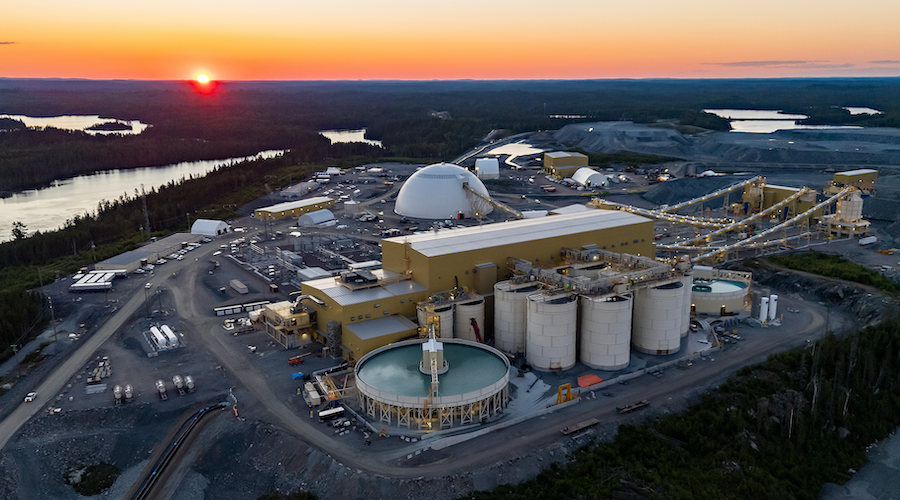First signs of coking coal, iron ore rebound emerge

Iron ore prices fell again on Monday with the benchmark import price of 62% iron ore fines at China’s Tianjin port dropping almost 1% to below $113 a tonne.
Iron ore is now down 16% since the start of July and well below the $176 a tonne it was trading at this time last year according to data provided by Steelindex.
The slump has been even more severe in the other primary steel making ingredient: hard coking coal prices have dropped more than 22% to $174 a tonne from $226 at the end of June according to data provider Platts.
The globe’s most active steel futures contract – Shanghai rebar for January delivery – dropped again on Monday reaching Rmb3,683 ($578) per tonne, up only slightly from record lows earlier this month.
The first signs of a rebound in demand from steelmakers are emerging however.
Baosteel, China’s largest steel mill industry bellwether, and others have been cutting back on the discounts offered on flat-rolled products. Liu Qiong, an analyst with researcher SteelHome explained it this way to the Global Times:
“Baosteel usually decides its monthly price list based on its order-receiving situation. Since its September price cut is much smaller compared with its price decreases for July and August, the mill must have seen improvement in its recent bookings.”
Colin Hamilton, senior commodities analyst at Australian investment bank Macquarie, tells FT.com roughly 40m tonnes of annual capacity in the seaborne iron ore market is “losing money at current prices” and met coal prices “were not likely to be sustainable at current levels”:
“We expect August to mark a low point in the current steel output cycle,” he said.
A similar dynamic to the one played out last year could be happening again: When prices tumbled in October 2011 by $60 to reach $116.90, Chinese imports of iron ore jumped 29% the following month according to customs data.
RELATED NEWS:
Iron ore’s $120-price floor theory unravels >>
Shanghai rebar meltdown: The last time Chinese steel cost this much iron ore was trading at $70 >>
{{ commodity.name }}
{{ post.title }}
{{ post.date }}




Comments
Denise
I see nothing in this article to indicate that these commodities have bottomed. Stating that the August numbers “mark a low point in the current steel output cycle” means exactly what it says, just another low. This in no way idicates that the August price will be the final low. Lowering the discount rates allows for hope, but I’d not consider this a meaningful trend.